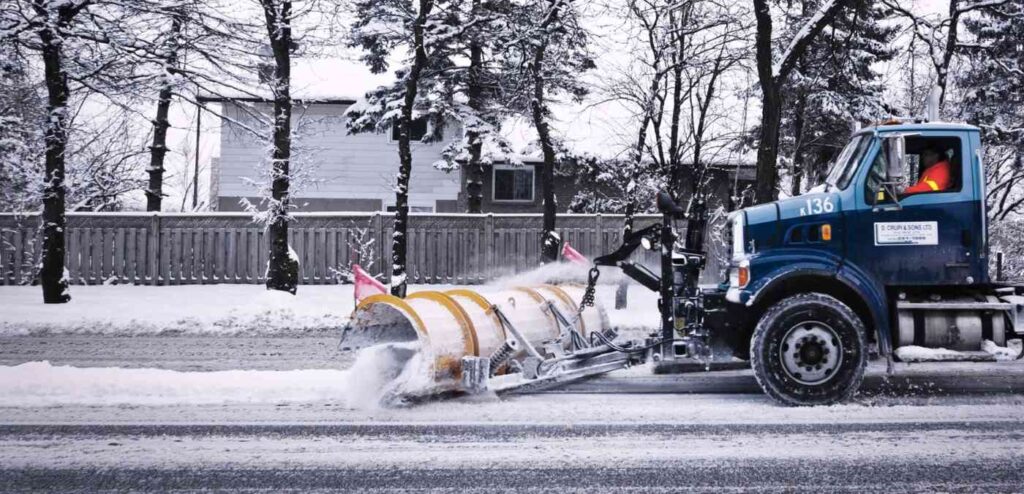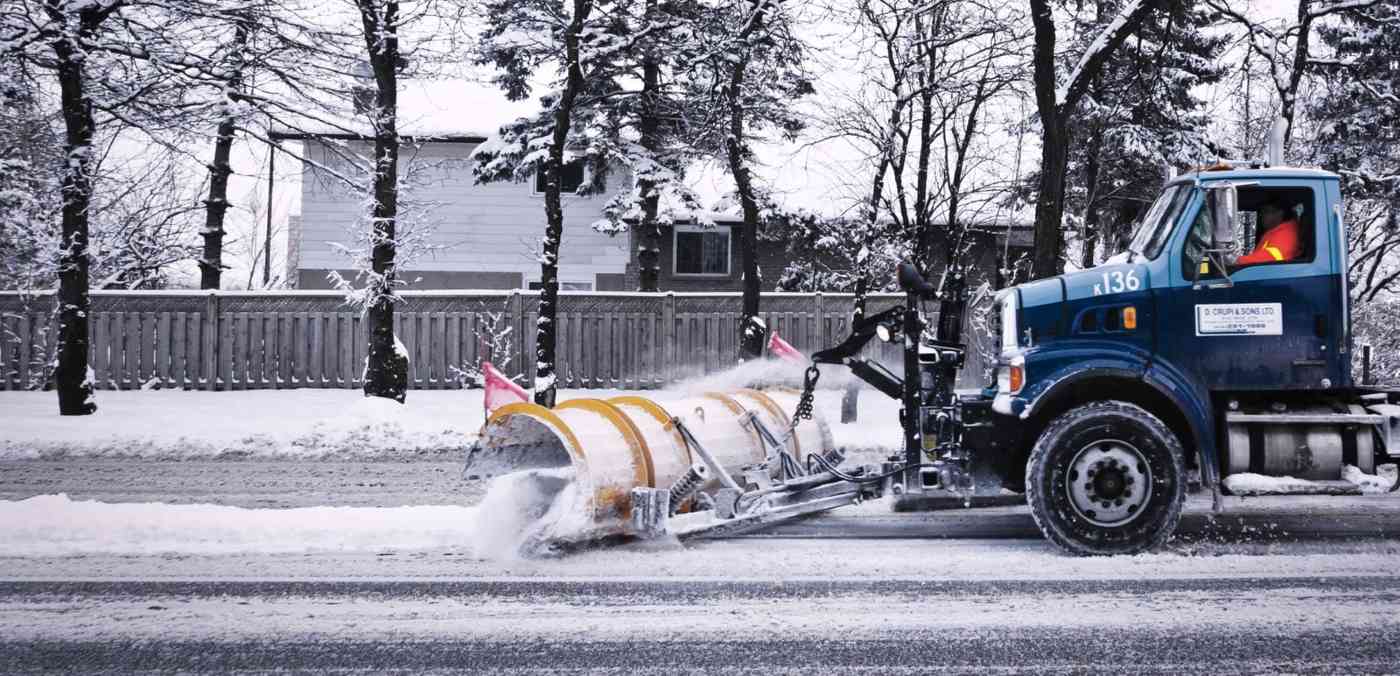
Rock salt is prized for its use as a de-icer, but the mineral’s monopoly on curing roads of icy patches may be coming to an end as sugar beet products gradually make their way into transportation department budgets across North America.
While salt is enthusiastically caked over streets and sidewalks when winter weather turns bad, most of us understand somewhere in the back of our minds that throwing salt around willy-nilly is probably a bad idea.
Most of us, for instance, know that if exposed to too much salt, all useful plants will die, leaving the soil fit for only the hardiest and most hateful of weeds. Most of us know that salt is also quite corrosive, and that seaside houses need to protect anything, particularly metal, that is exposed to sea spray. Lastly most of us know that there are two kinds of aquatic habitats, and fish which live in one can almost never live in the other.
It’s understandable then, to see municipalities like D.C. and Winnipeg, and states like Michigan, trialing vegetable alternatives to salt, which was found in one study to be causing “major changes in the Great Lakes ecosystem.”
“The benefit from using beet-based melting products is that it reduces the chloride loading on infrastructure and the environment, while producing a good quality melting solution,” said Winnipeg communications officer Ken Allen.
RELATED: Eco-friendly ‘Jelly Ice Cube’ Could Transform Cold Storage: No Plastic and Doesn’t Melt
Indeed sugar beet extract when combined with ice-melting chlorides can actually be more effective at reducing ice than salt, but beets aren’t the only food product that’s being used in North America. Bloomberg reports that pickle-juice, cheese brine, and leftover beer have all been used by various transportation departments looking to reduce the immense budgetary pie slice given to salt purchasing.
Chemical changes caused by salt means water needs a lower temperature than normal to freeze, but when 20% chloride is combined with beet extract, that temperature becomes even lower, meaning only properly frigid temperatures will turn residual water into ice overnight.
Around 15-17 million tons of rock salt are poured on U.S. roadways every year, which along with contaminating waterways and drinking water, corrodes plowing equipment, and even leads to greater number collisions with deer, who come out onto the roads to lick the salt. Wisconsin’s share of the salt pie accounts for 40% of the state’s DoT budget.
MORE: Meet the Sustainable Alternative to Concrete that Caught the Eye of Dior and Louis Vuitton
Other states like Illinois are relying on education to reduce contamination from over-salting.
“I often see a cup worth of salt on a single sidewalk square, but one cup of salt should be enough to do an entire driveway… depending on your driveway,” Danelle Haake, stream ecologist and director of Illinois RiverWatch, told Michigan Radio. She suggests dissolving less salt in water, and spraying the water onto the ice.
CLEAR Those Winter News Feeds of Bad News – Share the Good…




















